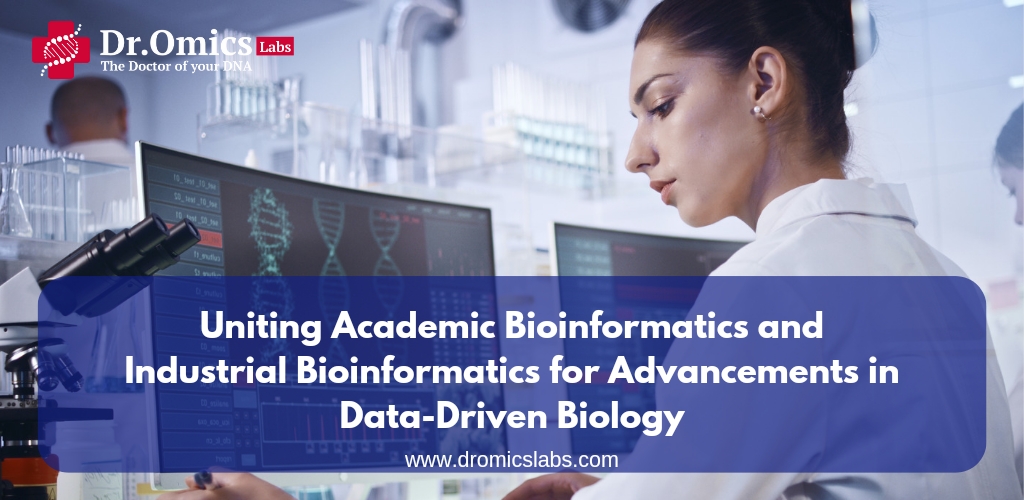Bioinformatics, the intersection of biology and computational science, has emerged as a powerful tool in understanding and analyzing complex biological data. While academic research has made significant strides in this field, there exists a gap between academic bioinformatics and industrial bioinformatics. Bridging this gap is crucial for maximizing the potential of bioinformatics in real-world applications, driving innovation, and accelerating advancements in data-driven biology. In this blog, we explore the need for collaboration between academic and industrial bioinformatics and the benefits it brings to the field.
Understanding the Gap
Academic bioinformatics primarily focuses on fundamental research, developing novel algorithms, and advancing our understanding of biological processes. It often thrives in an environment that encourages exploration, innovation, and publication of scientific findings. On the other hand, industrial bioinformatics operates within the realm of practical applications, aiming to translate scientific discoveries into tangible solutions for industry needs. This dichotomy often creates a gap where the expertise and knowledge generated in academia do not seamlessly translate into industrial settings.
The Importance of Collaboration
1. Real-World Relevance: Bridging the gap between academic and industrial bioinformatics ensures that research findings are applicable and relevant to industry challenges. Collaboration allows academic researchers to gain insights into real-world problems, guiding their research towards addressing practical needs and industry requirements.
2. Technology Transfer: Academic institutions are often at the forefront of developing cutting-edge bioinformatics tools and algorithms. Collaborating with industry facilitates technology transfer, enabling the implementation of these tools in commercial settings. This transfer of knowledge and technology accelerates the development of novel products and services, benefiting both academia and industry.
3. Data Access and Validation: Industry possesses vast amounts of valuable data, often inaccessible to academic researchers due to privacy and intellectual property concerns. Collaboration provides access to these datasets, allowing researchers to validate their algorithms, models, and hypotheses on real-world data, improving the reliability and robustness of their findings.
4. Interdisciplinary Expertise: Bioinformatics challenges require a multidisciplinary approach, combining expertise in biology, computer science, statistics, and data analysis. Collaboration between academia and industry brings together diverse skill sets and perspectives, fostering cross-pollination of ideas and innovative problem-solving.
5. Efficient Commercialization: Bridging the gap facilitates the commercialization of bioinformatics innovations. Industry partners can contribute their business acumen, market insights, and resources, aiding in the development, validation, and commercial launch of bioinformatics products and services. This collaboration helps bridge the translational gap, transforming academic research into tangible products that benefit society.
6. Continuous Learning and Professional Development: Collaboration provides opportunities for researchers and industry professionals to learn from each other, enhancing their skill sets and staying updated with the latest advancements in the field. This exchange of knowledge fosters professional development and ensures the continuous growth of both academic and industrial bioinformatics.
Overcoming Challenges:
Bridging the gap between academic and industrial bioinformatics does come with challenges. These challenges include differences in objectives, timelines, and communication gaps. However, establishing effective communication channels, fostering long-term partnerships, and creating joint research programs can help overcome these obstacles and promote fruitful collaborations.
Conclusion
Uniting academic and industrial bioinformatics is essential for maximizing the potential of bioinformatics in driving advancements in data-driven biology. Collaboration between academia and industry brings together diverse expertise, accelerates technology transfer, validates research findings, and ensures real-world relevance. By bridging the gap, we can harness the power of bioinformatics to address industry challenges, develop innovative solutions, and ultimately improve human health and well-being.




